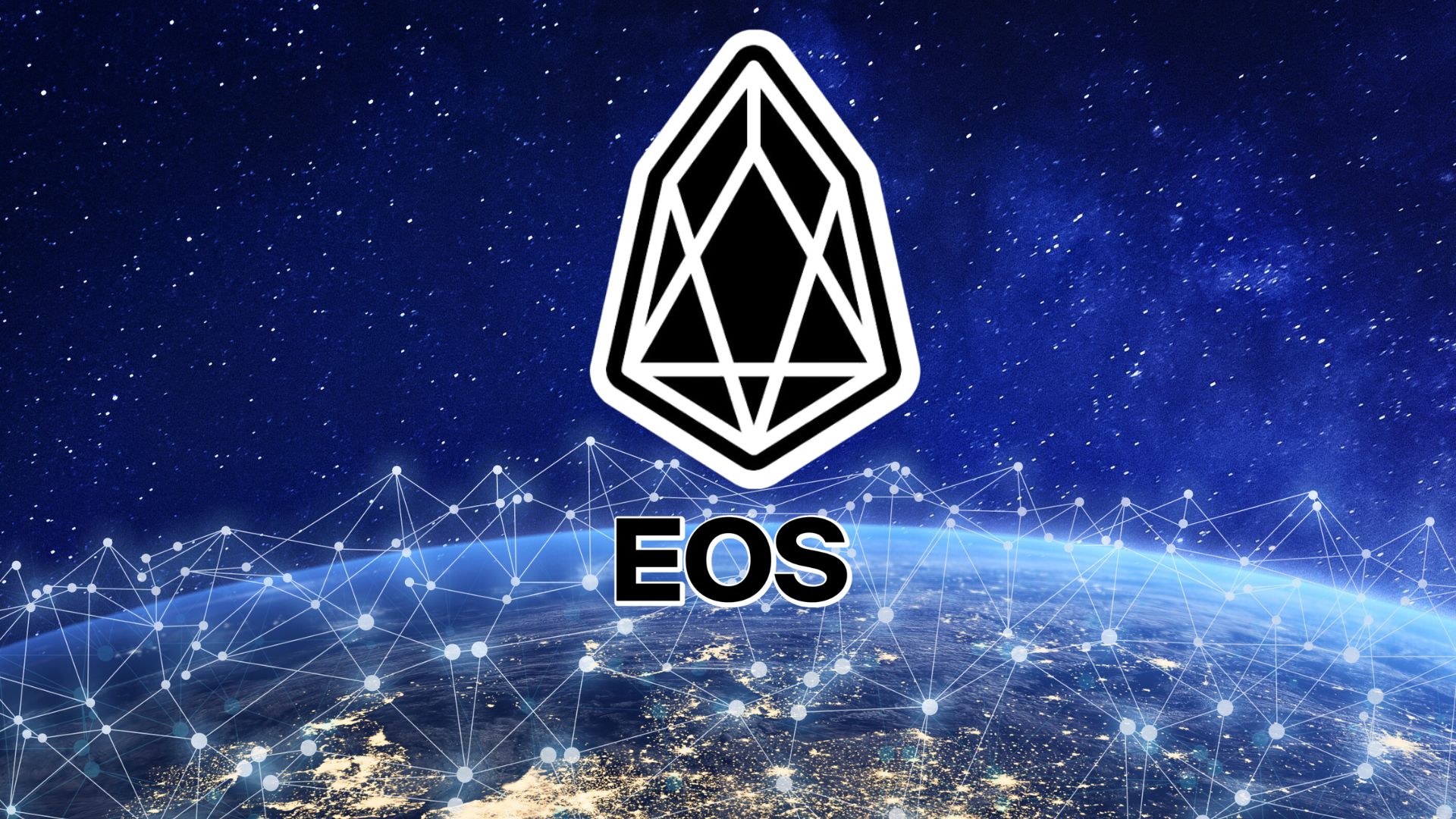- Comprehensive guidance concerning how to establish a local workspace for development is provided in the EOSIO Introduction Guide.
- The EOSIO platform’s software dependencies and other prerequisites are installed using these procedures.
- This setup is a quick and easy way to get started with the EOSIO programming framework. A user then becomes familiar with the smart contract creation process in a local setting.
A novel blockchain architecture is introduced by the EOS.IO software, allowing for the vertical and horizontal growth of decentralized apps. This is accomplished by developing a framework akin to an operating system that apps may be built on. The software offers databases in addition to accounts, verification, asynchronous messaging and application programming across a large number of CPU cores or clusters.
The result is an architecture based on blockchain that, in the framework of regulated blockchain technology, may one day expand to millions of interactions per second, does away with user fees, and enables quick and simple installation and upkeep of decentralized apps.
A platform called EOSIO initiates the platform to create dApps, which belong to the group of smart contracts. The blockchain is used to generate a wide range of applications. Events will be quite distinct in the future as more programmers concentrate on blockchain.
EOSIO: What Is It?
Decentralized apps, or dApps, can be built and deployed on the freely available platform EOSIO by external developers. The EOSIO framework leverages well-known computation ideas in its functioning while simulating computer tasks to slightly oversimplify things.
- The NET bandwidth
The number of transactions that can be executed on the EOSIO system is measured through network bandwidth (measured in bytes).
- Processing power
In terms of microseconds, this is the amount of computing power that is accessible on EOSIO.
- RAM
On EOSIO, there is a memory that can be used to store data on a blockchain.
Digital applications that utilize EOSIO are also known as ‘programmable smart contracts.’ Imagine these as platforms that have applications that run on them when specific circumstances are satisfied. When someone is paid when a service is provided or a product is delivered to a specific location, they are carrying out an agreement or automating a workflow.
For other blockchain networks, EOSIO offers a wide range of tools and protocols that guarantee security, custody, and authorization. Additionally, it supports authorities’ changing regulatory guidelines.
Operation Of EOSIO
The Delegated Proof of Stake (dPoS) algorithm for consensus is used by EOSIO. This algorithm calls for consumers, or EOS users, to vote for delegations and grant the chosen delegates the power to create blocks. Block producers are individuals who possess this power.
In EOSIO, blocks are generated twice per second or every 0.5 seconds. That block is omitted and erupts after 0.5 seconds if it hasn’t been created in that time. In simple terms, if there is a 4-second interruption in block manufacture, there is an interim of eight blocks without any data loss.
Block makers are chosen through voting, which occurs in a predetermined cycle. There is one turn every 126 blocks. Six blocks can be produced by each block manufacturer. As there are 21 block producers chosen, the number 126 is created by multiplying 6 by 21, or one round.
